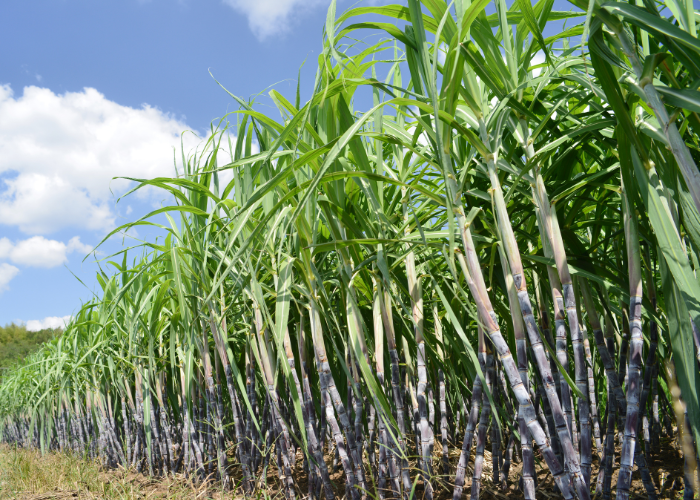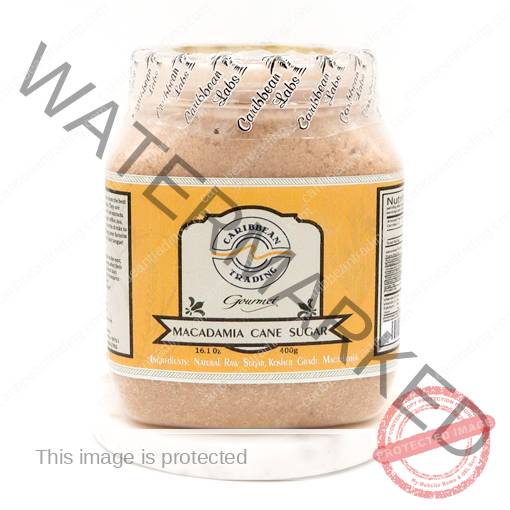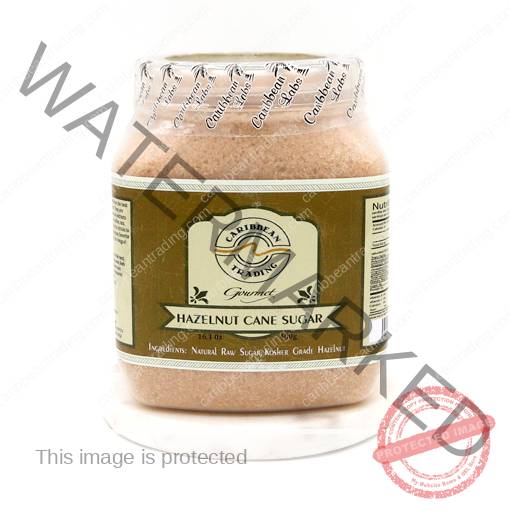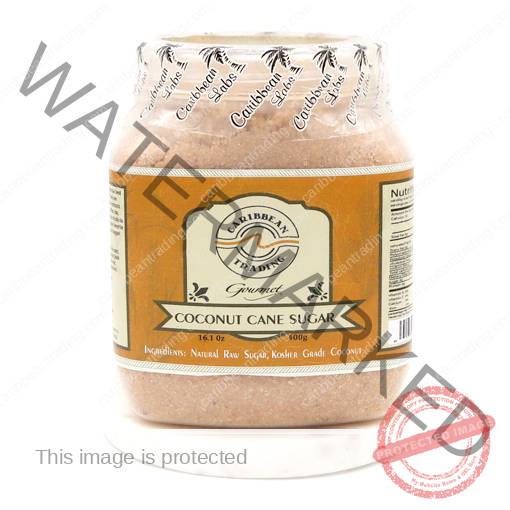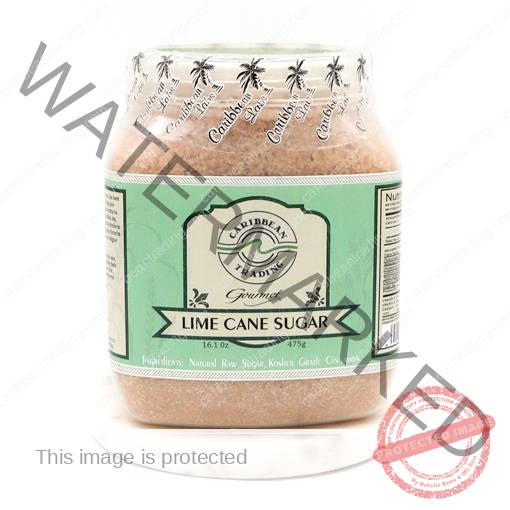Food & Recipes
What is Cane Sugar? Spicing Up Your Dishes
Cane sugar is a staple of Caribbean cuisine for many centuries already. It’s not only liked because of its sweetness, but also because it’s a very versatile ingredient that can be mixed with most foods (and it’s really tasty!). That’s amazing, isn’t it?
You might have heard of it before, and probably associate it with desserts or drinks. But the truth is that it can be used with way more dishes than simply giving you a sugar boost.
Balancing your spicy meals or simply enhancing savor are some of its abilities. Cane sugar can transform your dishes easily! Learn in this article what is cane sugar, how it’s produced and how to use it to change your food today.
Brief History of the Cane Sugar
Let’s do a bit of history, shall we? Cane sugar comes from sugarcane, a tall grass native to the tropical regions of Latin America, Southeast Asia and certain parts of Africa.
To create it, experts must follow precise steps, ensuring its quality isn’t lost. How? Well, first, the juice is extracted and processed to produce cane sugar. This is one of the most used forms of sugar in every home and industry around the world.
The making of sugar has many steps or processes. It starts with harvesting mature sugarcane, which is crushed to extract the juice. Once it’s clarified, filtered and evaporated to remove excess water, its syrup is crystallized. Depending on the process, it can lead to different flavors, colors and even changing textures.
Most Common Types of Cane Sugar
There are different types of cane sugar. Each one has its unique flavor and distinctive touch that makes it special. Finding the one that you like most can help you enhance the experience! Our store of Caribbean Trading has some amazing Cane sugar products that you must try. Check these out:
Cinnamon
Caribbean Trading’s gourmet flavored pure cane sugar products have the best sugar from the island of Puerto Rico, and Cinnamon cane sugar is the living proof of it. Sprinkled with exotic kosher fruit and extracts, it offers a great flavor to make your coffee, tea or desserts even better!
This product has been a natural sweetener for almost 2500 years. Why? Because sugar is a carbohydrate that can be found naturally in fruits and vegetables. Since it’s a very versatile ingredient, it can enhance and improve the flavor of many foods, as well as their aroma, texture and browning.
Coconut
Made from the best cane sugar of the Caribbean, our Coconut cane sugar product offers a delicious taste that can improve the flavor of any dish or drink you want to mix with. It’s also an excellent topping for grilled meat and seafood, so why don’t you give it a try?
Coconut sugar is also great for baked goods, sauces, granola and oatmeal. Basically, it’s great for any food that you’d usually add traditional cane sugar!
Hazelnut
Most popular in coffee and lattes, Caribbean Trading’s Hazelnut cane sugar is a flavored syrup that provides a nutty and caramel-like richness to any drink you’re planning to prepare. But that’s not everything: hazelnut blends perfectly with cakes and cookies, enhancing them even more.
Lime
Pretty similar to lemon sugar, lime cane sugar is another must-try from our stores. What makes it slightly different from lemon is its bite; adding “that something” extra to desserts and baked goods.
It makes a nice, aromatic topping for cupcakes and cookies, if you’re into baking. If the idea of lemon sugar in your tea sounds perfect, then you’ll love lime sugar too! It’s the best companion you can have for your drinks and baked food this summer.
Macadamia
If you’re looking for a not-so-very common cane sugar flavor, Macadamia is your go-to choice! This product serves as an amazing ingredient for your baking times. It is considered very rich in sweetness, adding a layer of taste to your foods.
Since macadamia has a nutty texture, it goes perfectly with caramel flavors, especially for shortbread, cakes or sweet sauces. It’s also very nutritional: while the sugar content is high and must be enjoyed in moderation, it has the benefits and nutrients of macadamia.
Cane Sugar in Cooking and Baking
Cane sugar’s primary role in the kitchen is to add sweetness, but it can also provide more flavor. Sugar can impact the texture, moisture, color, and even the preservation of food.
In baking, sugar performs a vital function in caramelization, the Maillard reaction (which offers foods their browned shade), and including tenderness to baked items. It additionally acts as a stabilizer in meringues and whipped creams, balancing acidity in recipes that involve fruits or tomatoes.
For savory dishes, a pinch of cane sugar can balance out strong flavors. Which ones? Many, especially those consisting of vinegar, mustard, or soy sauce! It also can reduce the bitterness of some veggies like Brussels sprouts or enhance the natural sweetness of carrots and tomatoes, as well as:
Spicing Up Savory Dishes with Cane Sugar
In savory cooking, sauces frequently benefit from a touch of sweetness to balance acidity or spice. For example, a sprinkle of cane sugar in a tomato-based pasta sauce can neutralize the taste of the tomatoes at the same time it enhances their herbal sweetness.
Teriyaki is for example an often considered sauce that mixes soy, mirin, and sugar to create a rich umami-filled glaze for meats and greens. The sweetness of the cane sugar counters the saltiness of the soy sauce, ensuing in a harmonious combo of flavors.
Similarly, in Thai food, cane sugar is a crucial element of dishes like pad thai, wherein it contrasts the sourness of tamarind and the spiciness of chili, bringing all the elements of the dish together.
As for seafood, cane sugar can help balance out the natural brininess of fish or shellfish. For example, a teriyaki glaze on grilled salmon or a cane sugar and soy glaze on shrimp can create a satisfying mix of candy and salty flavors, making the dish comforting and more refreshing to the palate.
Brown sugar is also very common in barbecue rubs. It’s used to caramelize it during the cooking process, forming a flavorful crust on the beef. The sugar additionally helps stabilize the heat from chili powders and the bitterness of spices like paprika, creating a sweet, smoky, and spicy sensation.
Enhancing Desserts and Baked Goods
In baking, cane sugar provides not just sweetness but structure. When sugar is creamed with butter, it helps create tiny air pockets in the dough, resulting in light and fluffy cakes or cookies.
The type of sugar you use can affect the texture of your baked goods; for instance, granulated white sugar will make cookies crisp, while brown sugar will give them a chewier texture due to its higher moisture content.
Adding brown sugar to oatmeal cookies or gingerbread not only deepens the flavor but also contributes to a soft and moist texture, making the cookies all the more irresistible. Cakes like pound cake, sponge cake, and coffee cake also benefit from cane sugar’s role in tenderizing and flavoring the batter.
Consider sugar as crucial in making candies like caramels, toffees, and brittles. As sugar is heated, it undergoes caramelization, a process that breaks down the sugar molecules and transforms them into complex flavors and a deep amber color. The result is a rich, sweet flavor that’s hard to replicate!
For confections like fudge or marshmallows, cane sugar helps create the right texture. In fudge, it helps achieve the smooth, melt-in-your-mouth consistency, while in marshmallows, it provides the necessary structure for that soft, pillowy feel.
Conclusion
It’s a common misconception to say that cane sugar is simply a sweetener. So, what is cane sugar? It can be many things: a caramelizer, a flavor balancer or a product to add texture to your dishes! It’s essential for many foods, from meals to sweet desserts.
If you’re planning to use it for your foods, you should understand how to properly manage your rations. It can elevate your cooking and baking, but excess can be bad. Doing it with caution is vital to create memorable and tasty meals!
Next time you’re baking or cooking, remember to use cane sugar: a spice that will transform all of your dishes! Isn’t that great?


